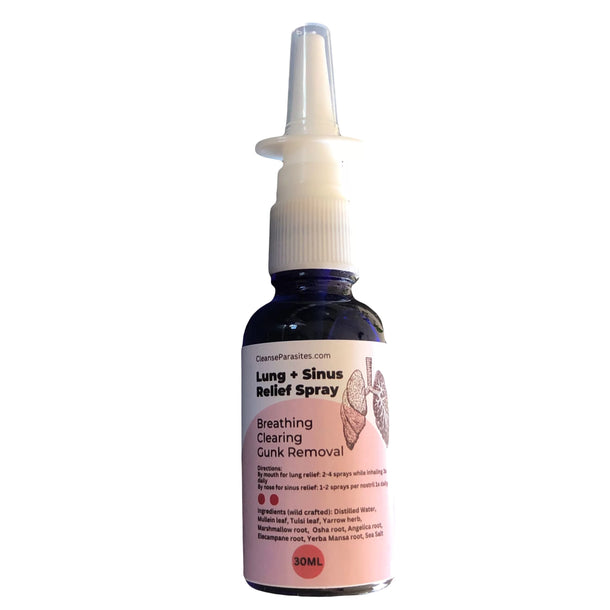By: Dr. Jason Dean
Children today, as well as adults, are infested with parasites. This leads to major bacterial issues as well as other chronic health conditions.
One of the most overlooked areas of issue are the sinuses. There is an absolute rise in chronic sinus and other respiratory conditions as well as headaches in children and adults.
Ascaris lumbricoides. is one of the largest nematodes to infect humans and the adult lives in the upper part of the small intestine. It can grow to a length of more than 30 centimeters. This worm has a worldwide distribution is thought to effect some 1.3 billion people. Based on 1,477,742 fecal examinations conducted in China between 1988 and 1992. An estimated 530 million people are infected in that country alone. The most severe consequences of infection can occur in children who usually suffer from heavier worm burdens and adults living under similar conditions. Ascaris eggs thrive in warm, moist soil and are highly resistant to a variety of environmental conditions. The eggs can survive in sub Arctic regions in some developing countries. Ascaris eggs are ubiquitous and have been recovered on all sorts of environmental surfaces, even some cases from the paper currency. The ability of a Ascaris eggs to survive in these harsh environments accounts for the urban transmission of a scarce in large cities.
There’s a controversy as to whether pigs can serve as an animal reservoir of A. lumbricoides or whether the related parasite Ascacaris Suum is also transmissible to humans. The suggestion has been made that human infection arose in association with pig domestication, possibly first in China.
A tangled mass of worms resulting from heavy infection can obstruct the bowel, particularly in children. Aberrantly migrating individual adult worms occasionally obstruct the biliary or pancreatic ducts, causing cholecystitis or pancreatitis; cholangitis, liver abscess, and peritonitis are less common. Fever due to other illnesses or certain drugs (eg, albendazole, mebendazole, tetrachloroethylene) may trigger aberrant migration of adult worms.











